Segmentation: Unlocking the Potential of Targeted Push Notifications in E-Commerce
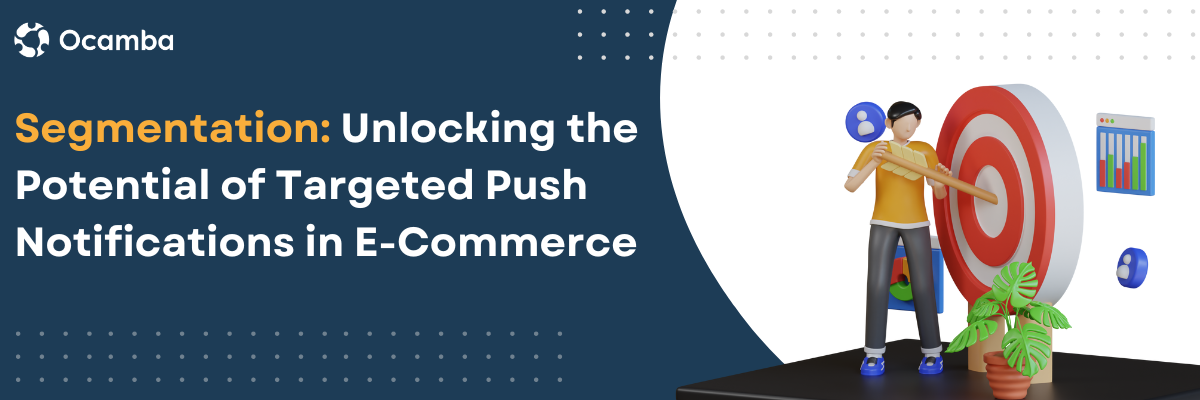
What is user segmentation?
User segmentation in e-commerce is a secret weapon that helps businesses understand their customers deeper. It involves dividing the customer base into distinct groups based on shared characteristics or behaviors. By doing this, businesses can create personalized experiences and targeted marketing strategies that resonate with each segment’s unique needs and preferences.
Think of it as uncovering hidden treasures within your customer data. Businesses can unlock valuable insights by analyzing purchase history, browsing behavior, demographics, and engagement patterns. These insights allow them to group customers into meaningful segments, such as loyal shoppers, new visitors, or high spenders. User segmentation helps businesses hit the bullseye, boosting customer satisfaction, driving conversions, and building long-term loyalty. It’s the secret sauce for winning in the competitive world of e-commerce.
How to segment your audience?
Segmenting your audience effectively is a critical step in optimizing your marketing efforts in e-commerce. By employing the right strategies, businesses can identify distinct audience segments and tailor their messaging to resonate with each group. There are two fundamental approaches to segmenting your audience.
The first approach is behavior-based segmentation, which involves analyzing customers’ actions and engagement with your e-commerce platform. By tracking behaviors such as browsing history, purchase frequency, average order value, and products viewed, businesses can identify segments such as loyal customers, occasional buyers, or abandoned cart users. By aligning your messaging with specific behaviors, you can create a more personalized and engaging experience for your audience, increasing the likelihood of conversions.
The second approach to segmentation is based on demographics and psychographics. Demographic segmentation involves categorizing your audience based on age, gender, location, or income level. Psychographic segmentation, on the other hand, focuses on understanding your customers’ attitudes, interests, and values. This approach enables you to tailor your messaging and product offerings to resonate with each segment’s unique characteristics, driving stronger connections and higher engagement.
Segmenting your audience effectively requires a combination of behavior-based and demographic/psychographic approaches. Businesses can identify key segments by analyzing customer behavior and engagement and tailor messaging accordingly. By understanding your audience segments and delivering relevant messaging, businesses can maximize engagement, increase conversions, and foster long-term customer loyalty in the competitive e-commerce landscape.
Choosing the right segmentation criteria
When choosing the proper segmentation criteria for your e-commerce business, aligning them with your business goals and customer behavior is essential. Start by identifying the key objectives you want to achieve through segmentation, such as increasing customer retention, driving repeat purchases, or expanding into new markets. Then, consider the data points that will help you understand your customers better and support those goals. These may include demographics, purchase history, browsing behavior, engagement metrics, or psychographic information.
Using a combination of segmentation criteria helps you better understand your customers and enables you to deliver highly targeted and personalized experiences. By segmenting based on various factors, you can uncover nuanced insights about your audience, such as their preferences, needs, and motivations. This, in turn, allows you to create more effective marketing campaigns, tailored product recommendations, and relevant messaging that resonates with each segment.
Different types of segments
1. Behavior-based segmentation
Behavior-based segmentation analyzes customers’ actions and engagement with your e-commerce platform. Understanding their behaviors allows you to create targeted messaging and experiences that resonate with each segment.
Customer Journey Cycle
Mapping out the customer journey cycle helps you understand how customers interact with your brand at each stage of their journey. By identifying stages like awareness, consideration, and purchase, you can customize your messaging to meet customers’ specific needs and guide them seamlessly through the sales funnel. This ensures a cohesive and personalized experience that increases the chances of conversions.Abandoned Cart Alerts
One common behavior-based segment is cart abandoners. These customers have added items to their carts but still need to complete the purchase. By sending abandoned cart alerts, you can remind and incentivize them to return and complete their purchase. This targeted approach can recover lost sales, improve conversion rates, and foster customer loyalty.Benefits Sought
Segmenting based on benefits sought allows you to identify customers with specific needs, desires, or pain points. By understanding what benefits they seek from your products or services, you can tailor your messaging to highlight the unique value proposition that resonates with each segment. This helps you address their concerns and position your offerings as the ideal solution.Frequency of Buying
Segmenting based on buying frequency helps you differentiate between occasional buyers, frequent shoppers, and loyal customers. By understanding these patterns, you can create customized strategies encouraging repeat purchases, such as exclusive offers for frequent shoppers or loyalty programs for loyal customers. This fosters customer retention and drives long-term revenue growth.
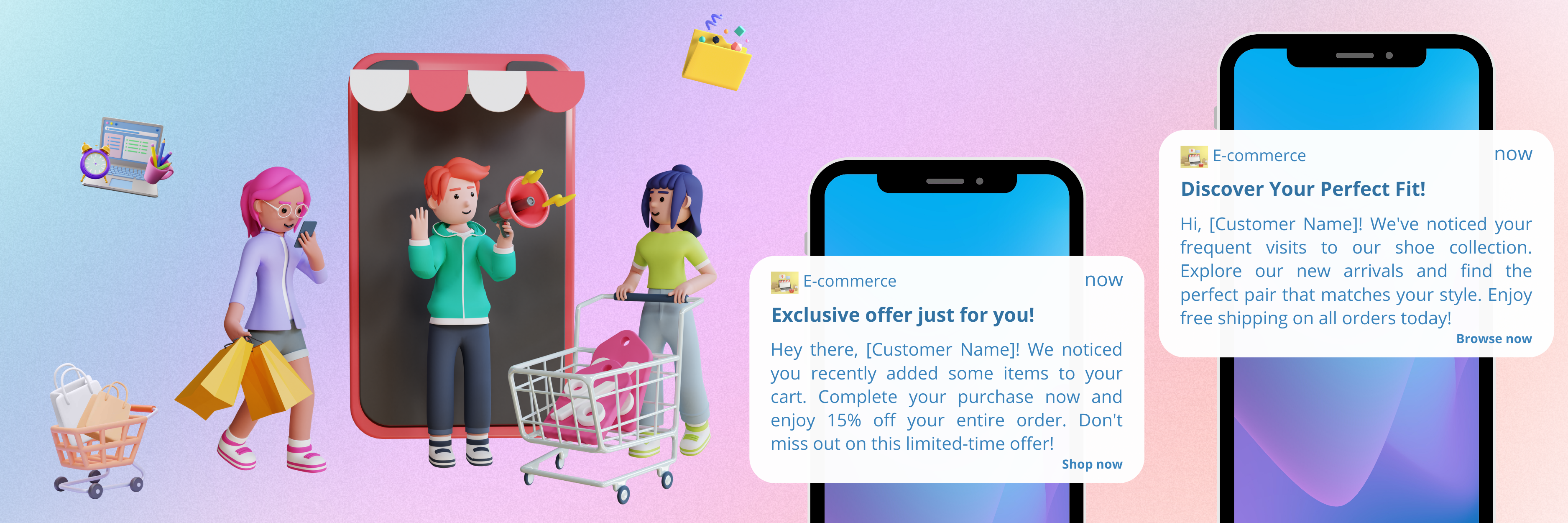
2. Status based
Status-based segmentation in e-commerce involves categorizing customers based on their current status or behavior, allowing businesses to customize their strategies and communication accordingly. By segmenting customers into groups such as new visitors, engaged users, and inactive users, businesses can deliver targeted messaging to effectively address their unique needs and preferences.
New Visitors
Segmenting new visitors allows you to make a solid first impression and nurture them into becoming loyal customers. By providing a tailored onboarding experience, personalized recommendations, and introductory offers, you can engage new visitors, build trust, and encourage them to explore further.Engaged Users
Identifying and segmenting engaged users who frequently interact with your site or app is crucial. These customers are more likely to convert and have a higher lifetime value. By rewarding their engagement with exclusive content, loyalty perks, or targeted promotions, you can strengthen their loyalty, encourage repeat purchases, and turn them into brand advocates.Inactive Users
Segmenting inactive users helps you re-engage customers who have lost interest or stopped interacting with your brand. By sending reactivation campaigns, personalized offers, or tailored content, you can remind them of your value proposition, reignite their interest, and bring them back into the active customer base.Number of Visits to Your Site/App
Segmenting based on the number of visits allows you to differentiate between casual and frequent visitors. By understanding their visit frequency, you can tailor your messaging to provide relevant content or incentives that encourage more frequent visits. This helps deepen their engagement, increase brand exposure, and drive conversions.
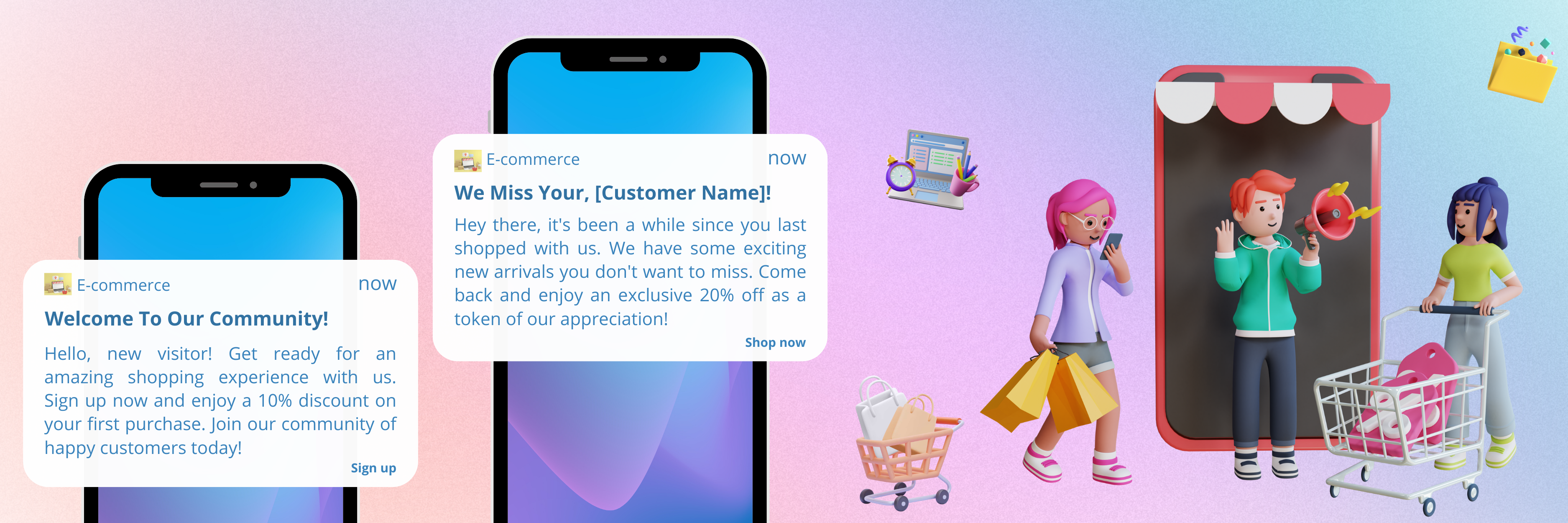
3. Previous-action based
This segmentation involves categorizing customers based on their past interactions and actions with your e-commerce platform. This segmentation approach allows businesses to target customers with messaging and offers that align with their previous behaviors, ensuring relevance and increasing the likelihood of conversions. By analyzing actions such as product views, wishlist additions, or previous purchases, businesses can create segments tailored to specific customer behaviors and preferences.
Purchase Based
Segmenting customers based on their purchase history enables businesses to identify valuable insights and create targeted marketing strategies. Businesses can customize their messaging and promotions by categorizing customers into segments like frequent buyers, first-time purchasers, or high spenders. For example, offering loyalty rewards or personalized recommendations based on previous purchases can foster customer loyalty and drive repeat sales.Average Order Value
Segmenting customers based on their average order value allows businesses to identify segments with different spending habits. By understanding these segments, businesses can tailor their marketing efforts to each group’s preferences and purchase capacity. For instance, targeting high-value customers with exclusive offers or providing incentives to increase order values can drive revenue growth and maximize the value derived from each customer segment.Occasion Based
Occasion-based segmentation involves categorizing customers based on specific events or occasions, such as holidays, birthdays, or special milestones. By understanding the timing and context of these occasions, businesses can deliver personalized messaging and offer that align with customers’ needs during those periods. Offering special discounts, personalized recommendations, or limited-time promotions can enhance customer engagement and increase the likelihood of conversions during these occasions.Category Based
Segmenting customers based on product category preferences allows businesses to target specific segments with relevant messaging and offerings. By understanding customers’ interests and preferences for specific product categories, businesses can create personalized recommendations, promotions, and content that align with those interests. This targeted approach increases the chances of capturing customers’ attention, driving engagement, and boosting conversions within their preferred categories.
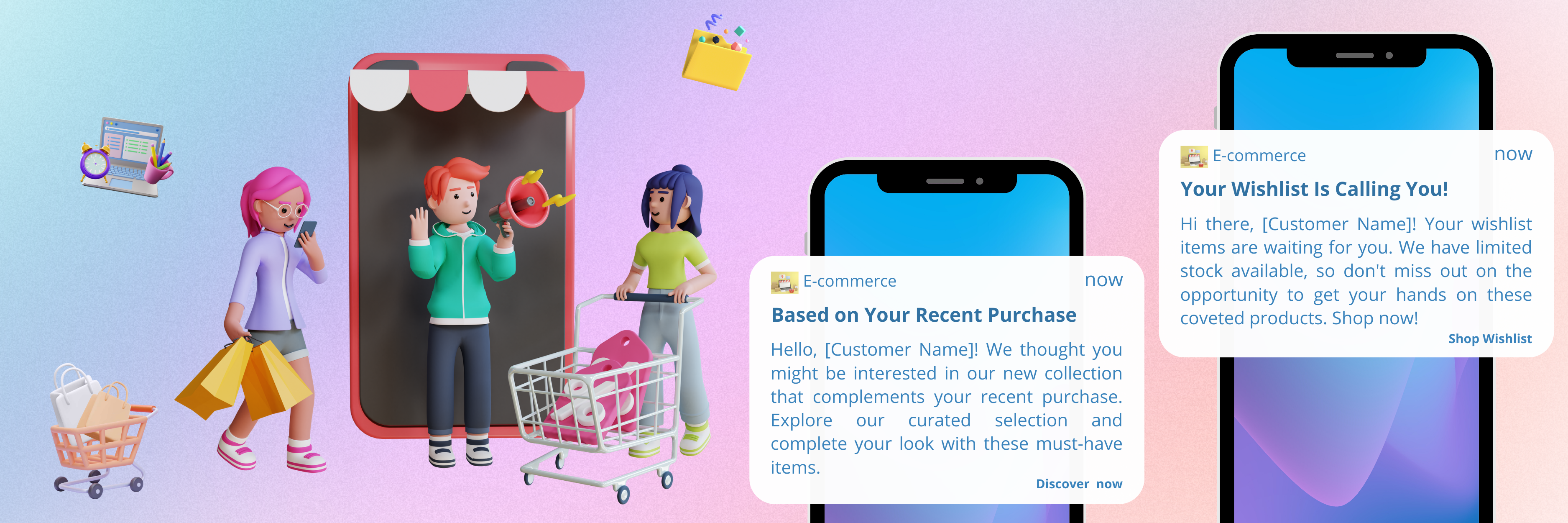
4. Geographical-Based Segmentation
Geographical-based segmentation involves categorizing customers based on their geographic location, such as country or region. This segmentation approach recognizes that consumer behaviors, preferences, and cultural influences can vary significantly across geographical areas. By segmenting customers based on location, businesses can effectively tailor their marketing strategies to target specific regions or countries.
Country-Based Segmentation
Segmenting customers based on their country allows businesses to adapt their marketing efforts to each country’s market’s unique characteristics and preferences. This includes considering cultural nuances, language preferences, and local trends when crafting messaging and promotions. By understanding customers’ specific needs and preferences in different countries, businesses can deliver localized experiences that resonate and increase engagement.Region-Based Segmentation
Segmenting customers based on their region allows businesses to target specific areas within a country. This can be particularly useful for businesses in large countries with diverse regional markets. By recognizing regional differences in consumer behavior, preferences, and purchasing power, businesses can tailor their marketing strategies to effectively address customers’ specific needs and preferences in different regions.
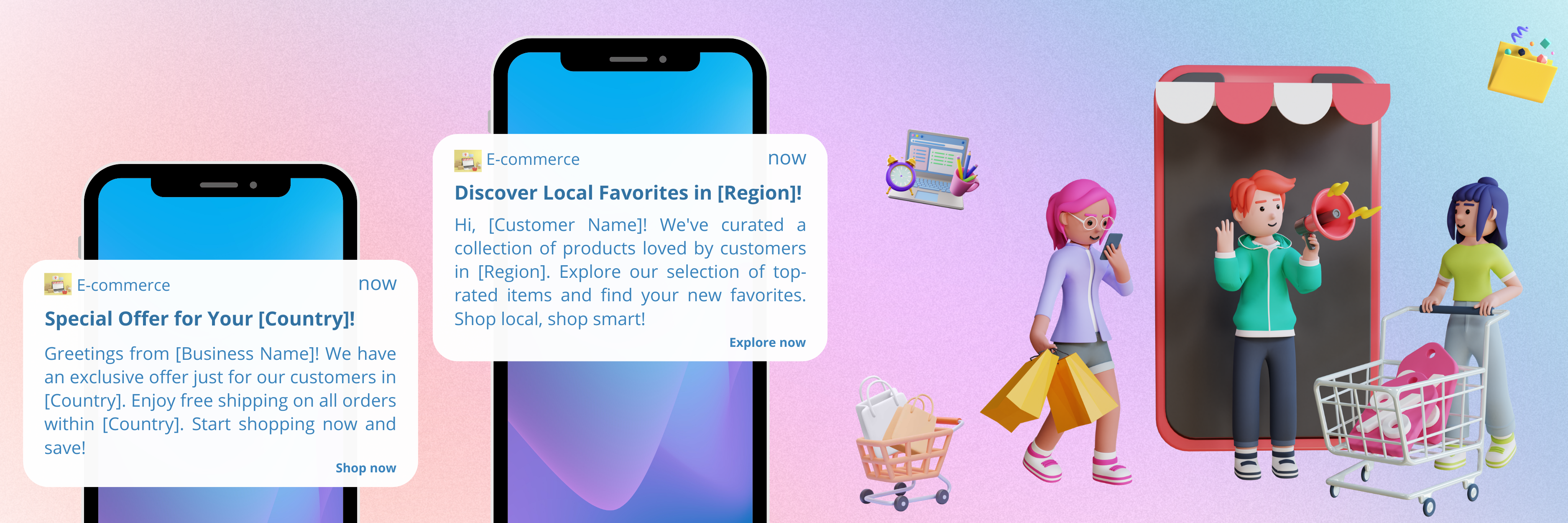
5. Technology-Based Segmentation
Technology-based segmentation involves categorizing customers based on the devices they use to access your e-commerce platform, including the type of device, operating system (OS), and web browser. This segmentation approach recognizes that different devices and platforms can impact user experiences, behaviors, and preferences. Businesses can tailor their strategies to optimize the user experience and engagement by segmenting customers based on their device characteristics.
Device-Based Segmentation
Segmenting customers based on their devices, such as smartphones, tablets, or desktop computers, allows businesses to understand how users interact with their platform. This information can help optimize the design, layout, and functionality of the e-commerce platform to provide a seamless and user-friendly experience for each device category. For example, ensuring mobile responsiveness and user-friendly navigation for smartphone users can enhance engagement and conversion rates.OS-Based Segmentation
Segmenting customers based on their operating systems (OS), such as iOS or Android, allows businesses to tailor their strategies to the specific features, limitations, and user behaviors associated with each OS. This includes optimizing mobile applications, ensuring compatibility with different OS versions, and leveraging OS-specific functionalities to provide users with a more personalized and efficient experience.Browser-Based Segmentation
Segmenting customers based on their web browsers, such as Chrome, Safari, Firefox, or Internet Explorer, enables businesses to address browser-specific considerations. This includes ensuring compatibility, optimizing website performance, and leveraging browser-specific features to enhance the user experience. Businesses can tailor their strategies to improve engagement and conversions by understanding browser preferences and behaviors.
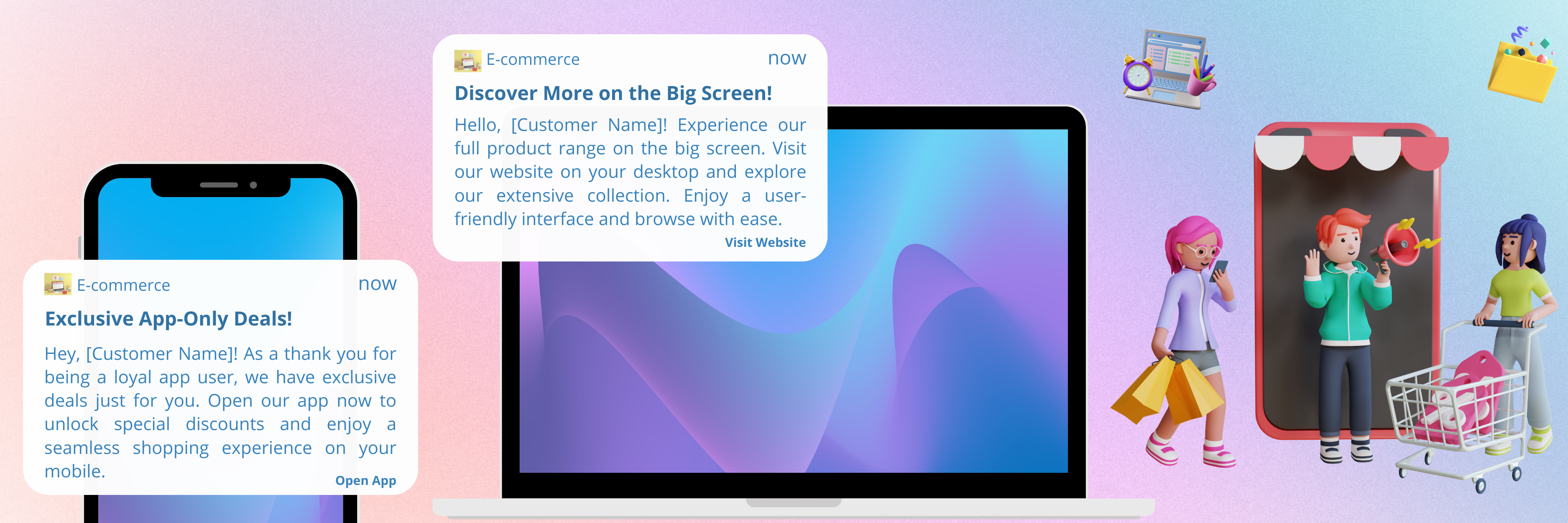
5. Language-Based Segmentation
Language-based segmentation involves categorizing customers based on their preferred language or language settings. This segmentation approach recognizes the importance of delivering content and messaging in customers’ preferred languages to enhance engagement and facilitate effective communication. Businesses can tailor their marketing efforts by segmenting customers based on language to effectively target and engage customers in their preferred language.
Language Preference
Segmenting customers based on their language preferences allows businesses to deliver personalized experiences by providing content, messaging, and customer support in the customers’ preferred language. By understanding and accommodating language preferences, businesses can overcome language barriers, foster trust, and establish stronger customer connections. This includes translating website content, product descriptions, marketing materials, and customer communication into multiple languages to create a localized experience.Multilingual Support
Segmenting customers based on their language preferences also enables businesses to provide multilingual support to cater to the diverse needs of their customer base. This includes offering customer service, chat support, or documentation in multiple languages, ensuring customers can easily communicate and find assistance in their preferred language. Businesses can enhance customer satisfaction and improve the overall customer experience by providing seamless support in different languages.
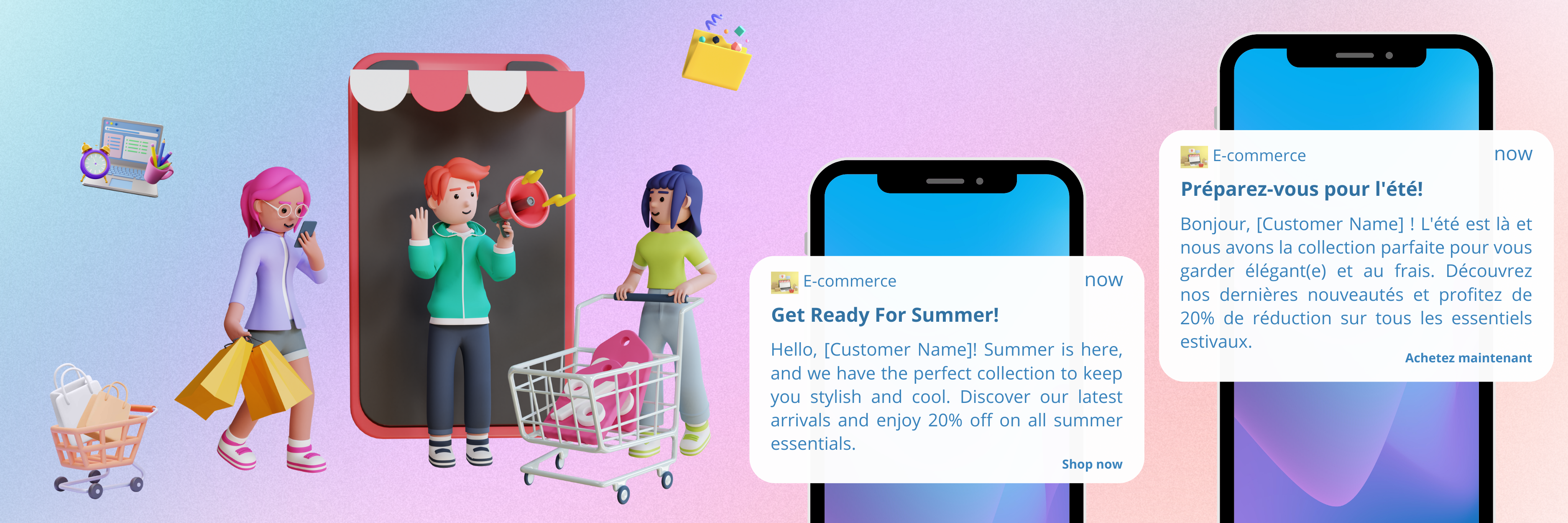
Advanced Segmentation Techniques
In the ever-evolving world of e-commerce, advanced segmentation techniques take user segmentation to a new level. By harnessing the power of predictive analytics, machine learning algorithms, and customer clustering, businesses can unlock invaluable insights from their data to fuel targeted push notifications.
Predictive analytics utilizes historical data and statistical models to forecast future behaviors and trends. By applying this technique, e-commerce businesses can identify patterns and behaviors that indicate a customer’s likelihood to purchase, engage with specific content, or respond to a particular offer. This enables them to send hyper-personalized push notifications tailored to each customer’s unique preferences and needs, increasing the chances of capturing their attention and driving conversions.
Machine learning algorithms take things further by analyzing vast amounts of data to uncover hidden patterns and relationships. Businesses can create more accurate and dynamic segments by feeding these algorithms with data from various sources like CRM systems, browsing history, and purchase history. This data integration allows for a deeper understanding of customer behavior, enabling businesses to deliver push notifications that are personalized but also timely and relevant. The result is a more engaging and effective communication strategy that can significantly enhance customer satisfaction and boost conversion rates in the competitive e-commerce landscape.
The Importance of User Segmentation
User segmentation plays a pivotal role in the success of e-commerce businesses, offering a range of benefits that can significantly impact their bottom line. By segmenting their audience, businesses can unlock the power of personalization, leading to improved engagement, higher conversion rates, and enhanced customer satisfaction.
One of the critical advantages of user segmentation is the ability to deliver personalized experiences. Consumers are more likely to make a purchase when brands offer personalized experiences. By understanding individual preferences, purchase history, and browsing behavior, businesses can tailor their offerings, promotions, and recommendations to each segment’s needs and interests. This level of personalization fosters a deeper connection with customers, leading to increased engagement and customer loyalty.
Targeted push notifications are a powerful tool for user segmentation. Statistics show personalized push notifications can boost engagement rates up to 4 times compared to generic messages. When push notifications are tailored to specific audience segments, they become more relevant and compelling. For example, abandoned cart alerts sent to customers who left items in their carts can lead to a 25% higher conversion rate.
Conclusion
In conclusion, user segmentation is instrumental in e-commerce, offering benefits such as increased personalization, improved engagement, higher conversion rates, and enhanced customer satisfaction. Businesses can amplify these advantages by leveraging targeted push notifications, as personalized messages have proven highly effective in driving engagement and conversions. By embracing user segmentation and harnessing the potential of tailored push notifications, e-commerce businesses can thrive in a competitive market, delivering exceptional customer experiences and driving sustainable growth.















 www.ocamba.com
www.ocamba.com